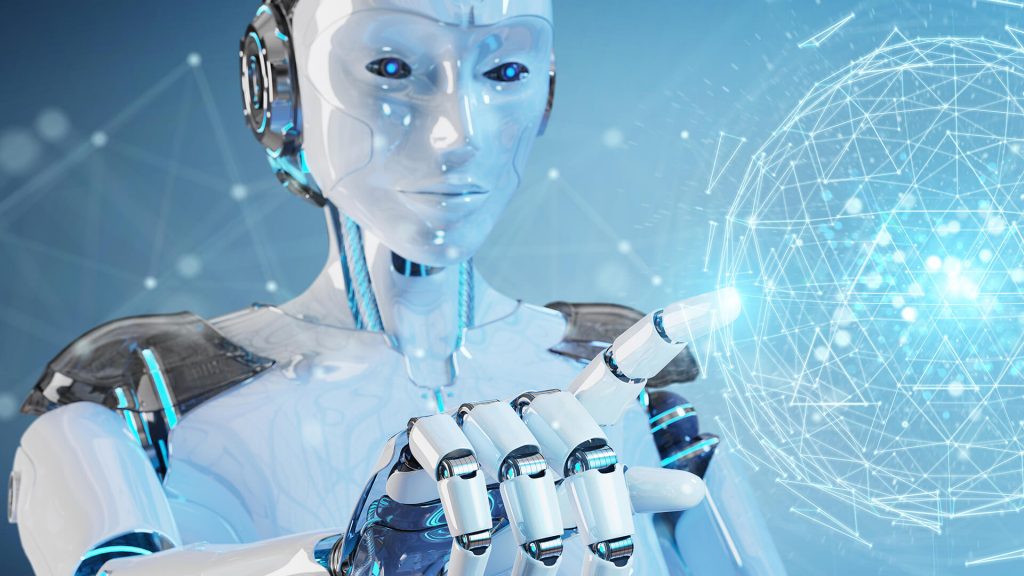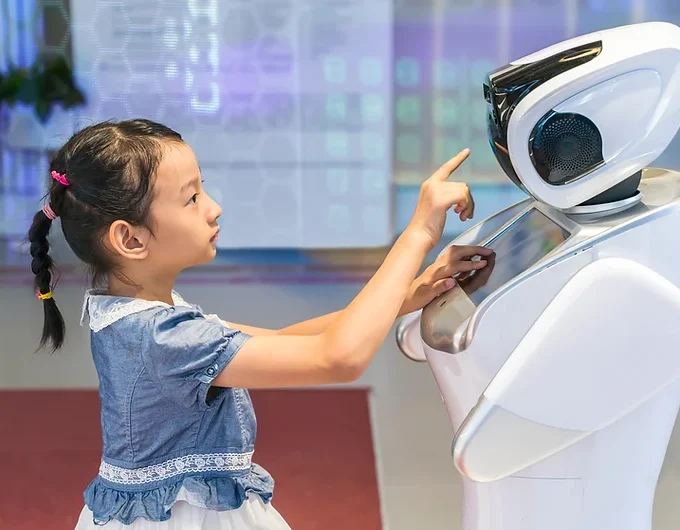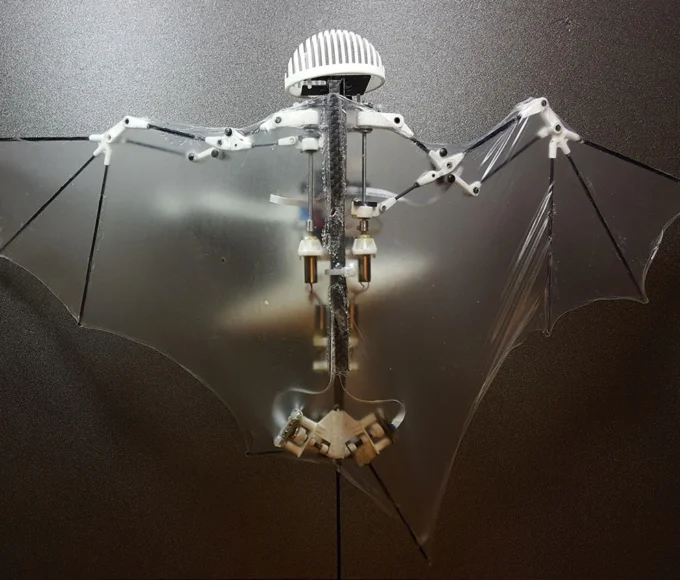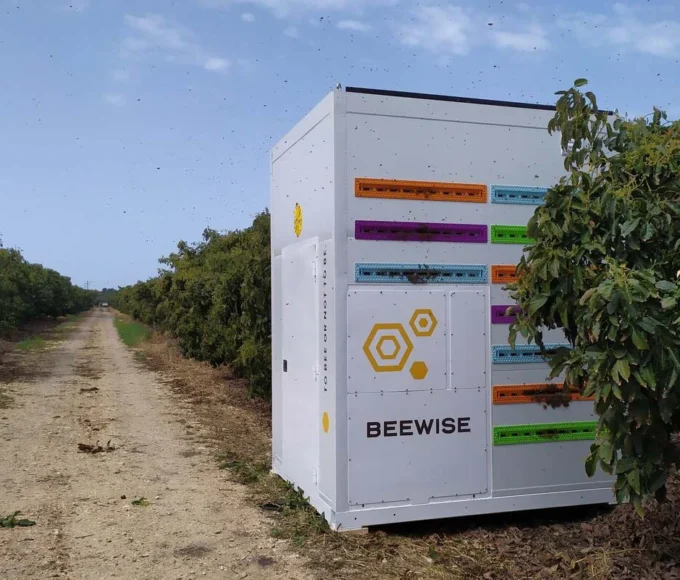In the realm of technology, few developments have captured our imagination and curiosity as much as robotics. The rise of machines equipped with artificial intelligence and remarkable capabilities has been a fascinating journey. From autonomous vehicles to humanoid robots, these mechanical marvels have not only revolutionized industries but have also become an integral part of our daily lives. In this blog, we embark on an exploration of the captivating world of robotics, where science fiction becomes reality.
The Birth of a New Era:
Robotics, once confined to science fiction novels and movies, is now a tangible reality. Advancements in computing power, machine learning algorithms, and sensor technologies have propelled the field forward by leaps and bounds. Robotics today are stepping into diverse domains, ranging from healthcare and education to space exploration and entertainment.
The Evolution of Artificial Intelligence:
At the heart of robotic systems lies artificial intelligence (AI), a field that empowers machines to think and learn like humans. Machine learning algorithms, neural networks, and deep learning techniques have unlocked the potential for robots to adapt, make decisions, and even exhibit creativity. By processing vast amounts of data and learning from their environment, robots can perceive, understand, and interact with humans and the world around them.
The Wide Array of Applications:
The impact of robotics can be witnessed across various sectors, transforming the way we work, live, and play. In healthcare, robots assist surgeons with precision during complex surgeries, aid in physical therapy, and provide companionship to the elderly. In agriculture, they automate tasks such as harvesting, monitoring crops, and tending to livestock. Additionally, robots are venturing into dangerous environments like disaster zones and deep-sea exploration, where they perform tasks too perilous for humans.
Collaborative Robots: Humans and Machines Unite:
Contrary to popular belief, the rise of robots does not imply the replacement of humans. Collaborative robots, also known as cobots, are designed to work alongside humans, enhancing productivity and safety. These robots possess advanced sensors and algorithms that enable them to perceive and adapt to human presence, making them ideal for tasks that require human-like dexterity and decision-making.
Robotics in Everyday Life:
In our daily lives, we encounter robotics more often than we realize. From robotic vacuum cleaners that effortlessly navigate our homes to voice-activated personal assistants that help manage our schedules, the integration of robots into our domestic routines is becoming increasingly seamless. Social robots are even being developed to provide emotional support, companionship, and educational assistance to individuals of all ages.
Ethical Considerations and Challenges:
As we delve deeper into the world of robotics, it becomes crucial to address ethical considerations and potential challenges. Questions arise regarding the impact on employment, privacy, and the boundaries of robot autonomy. Ensuring the responsible development and deployment of robots requires collaboration between researchers, policymakers, and society as a whole to establish guidelines and regulations that safeguard our collective well-being.
The rise of robotics has ushered in an era of awe-inspiring innovation and transformative possibilities. These machines, equipped with advanced artificial intelligence, have stepped out of the realm of science fiction and into our everyday lives. From enhancing productivity and safety to augmenting human abilities, robots have become indispensable partners in our journey toward progress.
As we continue to explore the fascinating world of robotics, let us embrace the opportunities they offer while responsibly addressing the challenges that lie ahead.
















%s Comment